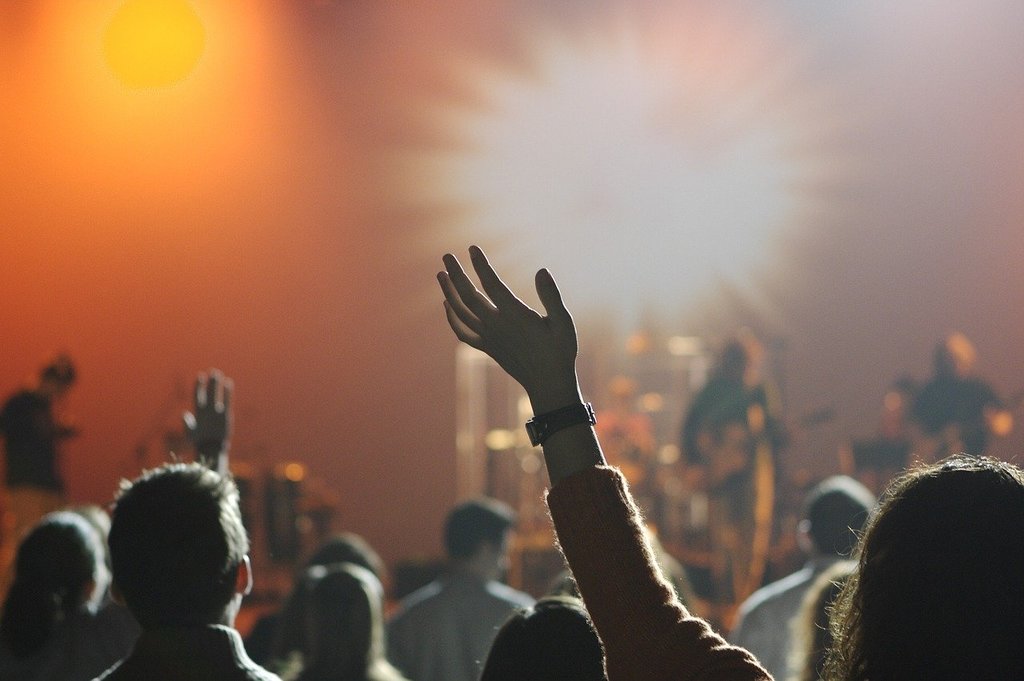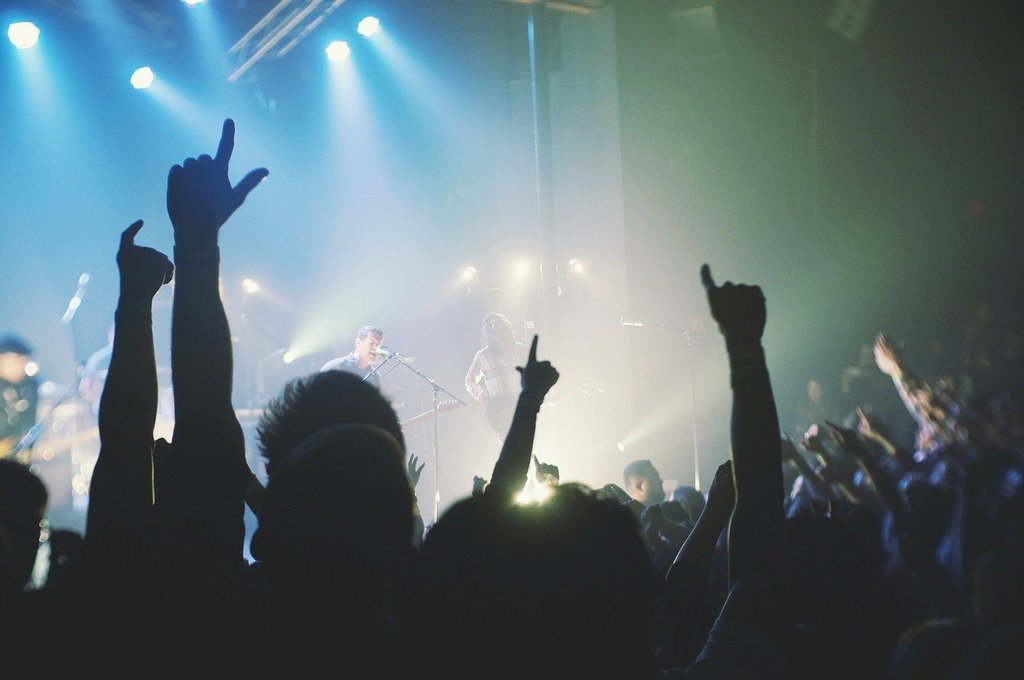Technology has profoundly impacted various aspects of life, and the art world is no exception. From digital tools that aid in the creation of artwork to online platforms that offer global exposure, the convergence of art and technology is ushering in a new era of creativity and accessibility. This transformation is altering not only how art is made but also how it is shared and experienced.
Revolutionizing Art Creation with Technology
The process of creating art has seen significant changes due to technological advancements. Digital painting and drawing tools, such as Adobe Photoshop and Procreate, offer artists a vast array of brushes, colors, and effects that were previously unimaginable. These tools enable artists to experiment without the constraints of physical media, allowing for endless iterations and refinements.
3D printing has also revolutionized sculpture and installation art. Artists can now design intricate models on a computer and bring them to life with precise, automated machines. This technology enables the creation of complex structures that would be nearly impossible to craft by hand. Additionally, virtual reality (VR) and augmented reality (AR) are opening up new dimensions for artists, allowing them to create immersive environments that engage viewers in unprecedented ways.
Expanding Access and Exposure
The internet and social media platforms have democratized art, giving artists from all corners of the world the opportunity to share their work with a global audience. Websites like Instagram, DeviantArt, and Behance serve as virtual galleries where artists can showcase their portfolios, gain followers, and even sell their creations.
Online art marketplaces such as Etsy and Saatchi Art provide platforms for artists to reach buyers directly, bypassing traditional gallery systems. This increased access has enabled many artists to support themselves through their art, creating opportunities for those who might not have had the chance to be discovered in the past.

Enhancing Art Preservation and Restoration
Technology is not only transforming how art is created and shared but also how it is preserved. High-resolution scanning and imaging technologies allow for detailed documentation of artworks, capturing their condition down to the minutest details. This is invaluable for conservation efforts, as it provides a precise record that can be referenced over time.
Innovations in materials science are also aiding in the preservation and restoration of artworks. Researchers are developing new methods to stabilize and repair artworks, ensuring their longevity for future generations. For example, nanotechnology is being used to develop advanced cleaning and preservation techniques that are less invasive and more effective than traditional methods.
Integrating Art and Technology in Education
Art education is experiencing a transformation through the integration of technology. Digital tools and online resources are providing new ways for students to learn and create. Virtual classrooms and online tutorials make art education more accessible, breaking down geographical barriers and allowing students from diverse backgrounds to receive quality instruction.
Educational institutions are incorporating technology into their curricula, teaching students not only traditional artistic techniques but also digital skills that are increasingly relevant in today’s art world. This combination of traditional and digital art education is preparing a new generation of artists to navigate and thrive in a technology-driven landscape.
Exploring the Impact of AI on Art
Artificial intelligence (AI) is emerging as a significant player in the art world. AI algorithms can analyze vast amounts of data to create unique pieces of art or to assist artists in their creative processes. Tools like DeepArt and Google’s DeepDream use neural networks to transform photographs into artworks reminiscent of famous painting styles or to generate entirely new visual experiences.
While some argue that AI-generated art challenges the notion of creativity, others see it as a collaborative tool that expands artistic possibilities. AI can assist artists in tasks such as color selection, composition, and even generating ideas, allowing them to focus more on their creative vision.
Here are some key points to consider:
- Digital tools are transforming the creation process.
- Online platforms offer global exposure and new sales channels.
- Advanced technologies are enhancing art preservation and restoration.
- Educational institutions are integrating digital skills into art curricula.
- AI is providing new tools and possibilities for artistic expression.
The Future of Art and Technology
The ongoing interplay between art and technology promises to continue evolving, bringing forth new tools, platforms, and opportunities for artists. As technology advances, artists will find even more innovative ways to express themselves and connect with audiences worldwide. This dynamic relationship is not just reshaping the art world but is also enriching the cultural tapestry of society. Through these technological advancements, art will remain a powerful means of human expression and creativity, continually adapting to the ever-changing landscape of the modern world.
